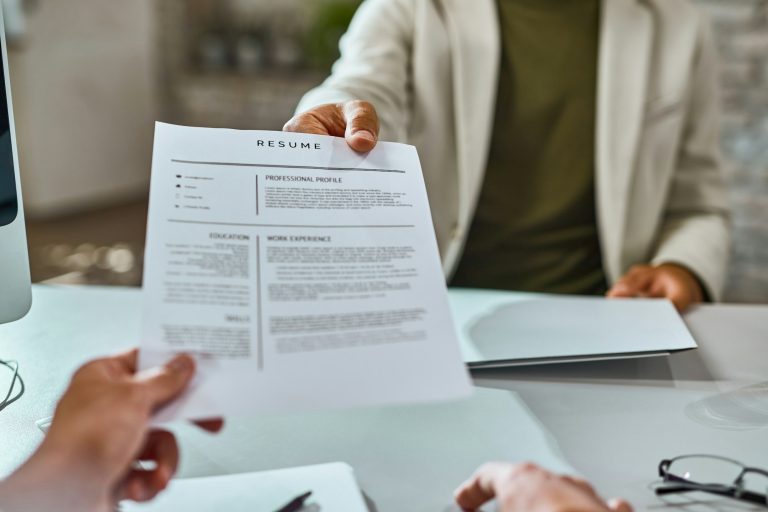A cover letter is your opportunity to make a strong first impression on potential employers. It complements your resume and provides a more personalized glimpse into your professional life and qualifications. However, the effectiveness of your cover letter largely depends on its length. Striking the right balance is crucial to ensure it captures attention while delivering key information efficiently.
Understanding the Ideal Cover Letter Length
A concise and targeted cover letter typically spans between 250 to 400 words. This length translates to about three to four short paragraphs, ideally fitting on one page. The main objective is to maintain brevity while conveying essential information. A cover letter that is too long can overwhelm the reader, while one that is too short may not provide enough detail.
Why Length Matters
1. Attention Span: recruiters and hiring managers often review numerous applications. A succinct cover letter respects their time and ensures that critical points aren’t lost in unnecessary verbosity.
2. Clarity and Focus: A limited word count compels you to prioritize the most relevant qualifications and experiences, which can help craft a coherent and compelling narrative.
Structuring Your Cover Letter for Maximum Impact
Here’s a simple breakdown of how to structure your cover letter effectively:
Opening Paragraph
– Purpose and Enthusiasm: Start with a strong opening sentence that expresses your interest in the position and the company. Briefly mention how you discovered the opportunity.
Body Paragraphs
Showcase Qualifications: Highlight key experiences, skills, and achievements that relate specifically to the job you’re applying for. Use bullet points to make these stand out and improve readability. For more tips on showcasing skills, you can explore how to effectively showcase your skills on a resume.
Connect with the Company: Demonstrate knowledge about the company and how your skills can help meet their needs. This shows that you’ve done your homework and are genuinely interested.
Concluding Paragraph
Call to Action: End with a professional sign-off, reiterating your interest in the role and inviting further communication. Express your eagerness to discuss your application during an interview.
Optimizing Formatting for Readability
Formatting plays a crucial role in ensuring your cover letter is easy to navigate:
Font and Margins: Use a professional font, like Times New Roman or Arial, at size 10 to 12-point. Maintain one-inch margins on all sides to ensure your letter is not cramped.
White Space: Utilization of white space is essential for readability. Avoid squeezing text into a small area; instead, ensure there’s enough space between paragraphs.
Alignment and Length: Left-align your text and keep your paragraphs short to maintain flow and readability. Aim for three to four lines per paragraph to avoid overwhelming the reader.
Practical Tips for Crafting an Effective Cover Letter
1. Personalization: Always tailor your cover letter to the specific job and company. Generic letters are easily spotted and typically ineffective.
2. Be Concise: Focus on what’s most relevant to the position. Avoid unnecessary jargon and complex language that doesn’t add value to your narrative.
3. Proofread: Errors can detract from your professionalism. Double-check for spelling and grammatical errors before submission.
4. Call to Action: Make the last line compelling, inviting the employer to contact you for an interview or further discussion.
Enhancing Your Cover Letter with Additional Elements
Visual Layout: Consider using templates that highlight key areas of your cover letter without making it look cluttered. Crafting your letter with tools like Google Docs can be helpful; check out this guide on crafting a standout cover letter using Google Docs.
Draft Revisions: Draft and revise your cover letter until it reads smoothly and the content aligns well with the job description. For more comprehensive writing tips, you may also want to explore how to customize templates as seen in customizing free Google Docs resume templates.
Once perfected, your cover letter serves as a complementary document that should accompany your resume. It is often the first impression you leave, influencing whether you progress to the interview stage. Therefore, honing its length and format to suit the position can make all the difference. Prepare thoroughly, and let your cover letter position you as a standout candidate ready to make an impact.

